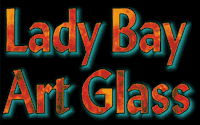 |
|
|||||||
All content is
© Lady Bay Art Glass. Reproduction in whole or part is not permitted.
Whilst we understand that it is possible to copy anything on this site we ask that you only do so for your own immediate viewing and that if you want to use parts of this site for other purposes you should ask our permission first.
Introduction
Since ancient times sheet glass has been made by forming molten glass either by spinning or blowing. The skill and time required for its manufacture preserved it as an exclusive product until the Victorian era when the mass produced machine rolled glass that we know todaycame into its own. In this process the molten glass is passed through rollers, rather like those on an old mangle, which can be patterned or textured to imprint the glass, squeezing it out the other side in a uniform sheet where it is allowed to cool. It then has to be passed though a ‘lehr’ to reheat the glass to remove the stresses induced by the rolling process. Victorian machine rolled glass was very crude by modern standards with lots of imperfections such as variations in the texture, streaks in the surface caused by the cooling water and entrapped air bubbles. We would now regard these as part of the character of the glass and prefer this to the regularity of new glass.
Colours are created by adding metal compounds to the glass in the furnace. Where the colour is evenly distributed throughout the glass this is called pot colour or pot-metal. Often two or more colours are partially combined in the glass in a streaky fashion. This is achieved by manual mixing of two or more colours of molten glass prior to passing through the rollers. In handmade glass the effect is achieved by embedding chips of coloured glass in the molten ball. Opalescent or opal glass has a marble, milky or translucent character whereas glass that is entirely transparent is commonly called cathedral glass.
Please note we are not glass retailers so whilst most of the glass types shown here are currently available we cannot supply them. We will be happy to point you in the right direction though.
Machine Rolled Glass
There are many manufacturers of glass around the world (none in the UK however) making machine rolled glass, and each has its own range of textures and colours. Modern manufacturing processes can be a little too clinical with almost no ‘character’ to the glass, however there are companies around the world that still use old machines to roll glass, and some companies have deliberately designed glass ranges to mimic period glass. Below is a list of the glass types that we use on a regular basis. It is not exhaustive and does not contain some common glass type e.g. Vegla cathedral (for aesthetic reasons we do not use this even though it is relatively cheap).
Current Machine Rolled Glass Types |
||
Manufacturer Glass Name |
Sample Picture |
Description |
Wissmach
English Muffle |
 |
A replica of a Victorian texture. Very nice, subtle range of colours including 11 pale tints. |
Pearsons
Cathedral |
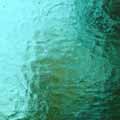 |
A developing range imported from China as a replacement for the Desag range. Excellent range of colours. Nice pale tints and mid colours. Texture is indistinguishable from some original Victorian and Edwardian glass. |
Wissmach
Mystic |
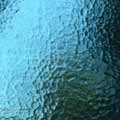 |
Another range of old looking cathedral glass. Very big range of colours, but available to special order only. |
Kokomo
Cathedral |
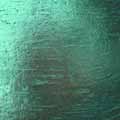 |
Kokomo is a huge glass producer and has been making glass for over 100 years. The cathedral suffers because of poor supply in the UK and it often has too many air bubbles but it has a nice flat texture. |
Vegla
Sahara |
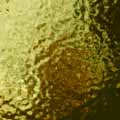 |
No longer in production. Sahara generally has a nice texture similar to a lot of Edwardian glast. The colour range is becoming more limited, only about 3 or 4 useful colours plus clear. |
Spectrum
Waterglass |
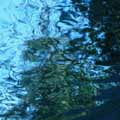 |
A very open texture as its name implies, limited to smaller areas since it is a little too see-through. Large colour range with some nice streaky colours, but the majority are too bright. |
Wissmach
Corella |
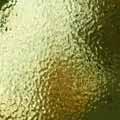 |
A smaller tight pattern well suited to 1920's type panels but the range also has some nice Victorian colours aswell. |
There is a whole range of clear textured glass from various manufacturers which is important for creating a particular style of 1920-30's panel, one in which extensive use of heavy textures is used in lieu of areas of colour. Some of these are shown in this table.
Machine Rolled Clear Textured Glass Types |
||
Manufacturer Glass Name |
Sample Picture |
Description |
Spectrum
Hammered |
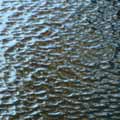 |
Available as large or small hammered. |
Unknown
Polished Reeded |
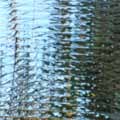 |
Very similar though a bit flatter than the Victorian reeded. Nicely polished easy to keep clean. |
Spectrum
Quarter-Reed |
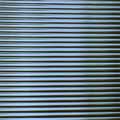 |
As above but with much deeper reed and rough surface texture. A swine to clean up after cementing!. |
Spectrum
Vecchio |
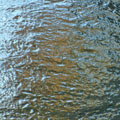 |
Another of Spectrums large range of clear textures, a little like a riven sandstone finish. Nice in small areas. |
Pilkingtons
No3(?) Hammered |
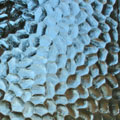 |
No longer available in UK but has been seen in new build property in Turkey, so someone is making it! Common in 1930's here. We have some reclaimed to add authenticity to a 1920-40's panel. |
Mouthblown Glass
Hand made glass is made by a glass blower, either by the cylinder (or muffing) method, or by spinning (crown glass) though almost all the glass used in leaded panels is made by the cylinder process. Either method produces a glass that is polished, has distortions and may contain air bubbles but is essentially see-through. Flashed glass is a variant on this process and results in a thin layer of colour over a (usually) pale background layer. The glass used in Victorian borders was almost exclusively red flashed glass often quite flat. After about 1910 the only handmade glass used in domestic panels was Hartley Wood glass, a characteristically English mouthblown glass with some exquisite streaky colour combinations. Hartley Wood ceased production some years ago though a similar glass is made by English Antique Glass near Birmingham. St Just (French) also make a range of mouthblown glass which has less character than either Lamberts or Tatra and the flashed colours are very very expensive.
Mouthblown Antique Glass Types |
||
Manufacturer Glass Name |
Sample Picture |
Description |
Lamberts
Genuine Antique |
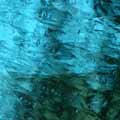 |
A beautiful glass with a lot of movement. Very large range of colours. The reds are gorgeous. |
Tatra
Polish Antique Glass |
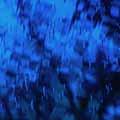 |
A relatively (for handmade glass) inexpensive range of glass. More open texture than Lamberts and available in bigger sheets. Huge range of colours. |
Hartley Wood
Antique Streaky |
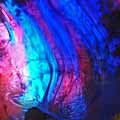 |
No longer produced but we have a fair bit of stock for use in panels. The glass has a very reamy appearance and can be quite thick in places. Only about 8-10 colours available. Similar glass is made by English Antique Glass, though not in this colour.. |
Colour & Texture
Colour and texture work hand in hand to give a panel character. When advising on glass selection we draw on years of experience of repairing old panels which has given an understanding of the colour and texture combinations necessary to ensure authenticity. But we don’t insist on complete authenticity and you will see from many of the Victorian panel photographs that motifs are just a little more bold than an original would have been but that is the customers choice and as long as the colours are chosen with care, avoiding pure over bright colours, then the end result will be pleasing.
 |
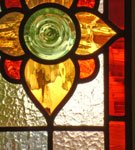 |
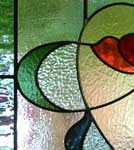 |
Wide range of textures in a 1920's panel with 2 clear lenses. |
Victorian textures. Handmade for the border, roughcast in pale tints for the background. Roundel in the centre |
Edwardian panel with seven different textures, handmade, waterglass, muffle, old catherdral, etc. |
Many old panels had little by way of texture variety, some had huge variety. Whatever the design we will always endeavour to include a good range of textures since this prevents the panel looking ‘flat’ and uninteresting. Including very heavy textures helps to scatter the light, creating interesting changes in how the panel looks at different times of the day. Some textures are very period specific and one wouldn’t want to include an obviously 1930’s glass texture into a Victorian panel, unless of course the client really wants to.
As additional 3 dimensional texture effects, lenses, hand spun roundels, cabochons and pressed glass pieces can be incorporated into a panel to give depth. You will see many of these used in Victorian and 1920-40’s panels and the effects can be very pleasing.
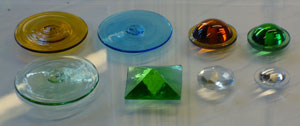 |
Roundels, lenses and pyramid. Other colors are available. |
We always advise potential clients, especially if comparing quotes, to ask to be shown the glass available to be used in the work. Whilst the actual glass in a commission probably costs around 10% of the overall cost, it costs a studio a considerable amount to keep a good range in stock, so a lower price might well reflect a smaller choice of glass. We are happy to show potential customers around our workshop, scruffy though it is, so they can see the whole range of current production glass as well as the stocks of discontinued glass that is available for inclusion in commissioned panels.
